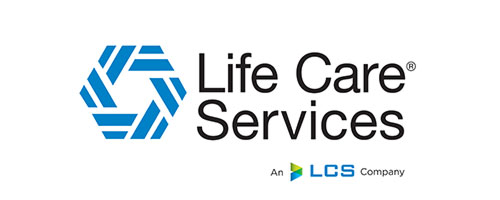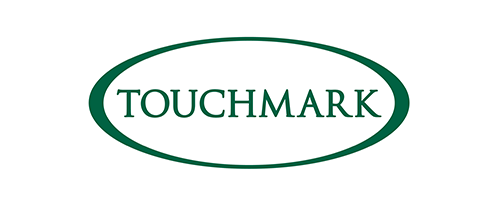Age matters: Kidney disorder indicator gains precision
New formula for hyperfiltration and glomerular filtration rate takes natural decline into account
Annual health checkups regularly include urine tests that serve several purposes, including checking for symptoms of kidney disease. The presence of albumin in the urine is one indicator as is glomerular filtration rate. In diabetic nephropathy, albuminuria first appears, leading to excessive filtration and eventually a decrease in GFR.
In the elderly, however, excessive filtration cannot be detected due to age-related GFR decline. To accurately assess GFR, Osaka Metropolitan University researchers have come up with a new calculation method.
The group led by Dr. Akihiro Tsuda, a lecturer at the Graduate School of Medicine, assessed 180 kidney transplant donor candidates to define a new formula for determining the threshold value for hyperfiltration based on age and GFR values.
Among other findings, the conventional method of correcting for body surface area in obese patients was determined to be inaccurate as excessive filtration cannot be detected. The researchers suggest calculating GFR without the correction but by taking into account the decline in the filtration rate due to aging.
“Since hyperfiltration is a precursor to diabetic nephropathy, we hope that using this new formula will more accurately diagnose the condition, leading to early detection and treatment,” stated Dr. Tsuda.
The findings were published in Hypertension Research.
Do you have news to share?
The ICAA welcomes your news submissions. Please send your press releases to colinmilner@icaa.cc-the ICAA's email for submissions-and staff will consider your news for possible publication. Newsworthy topics include such things as center/community openings; initiative or campaign launches; announcements of awards, promotions or grants; and other topics of interest to active-aging professionals.
Share






























